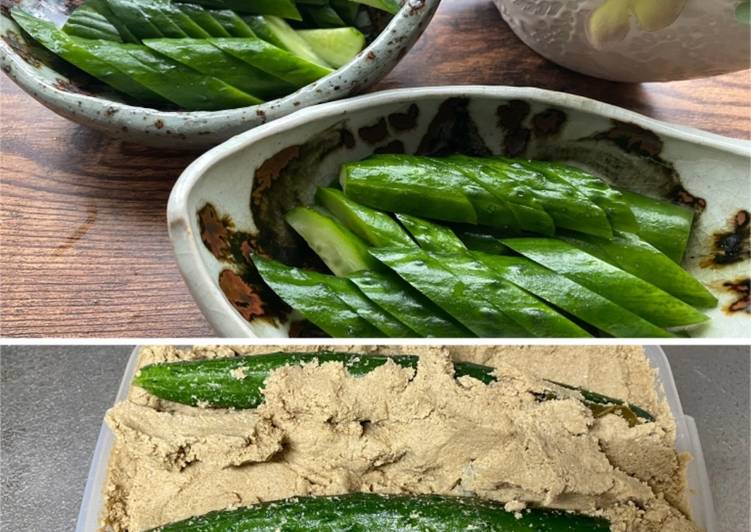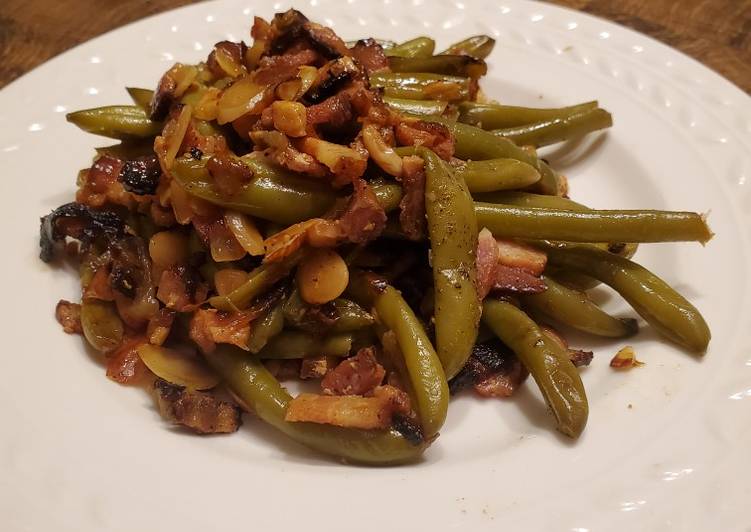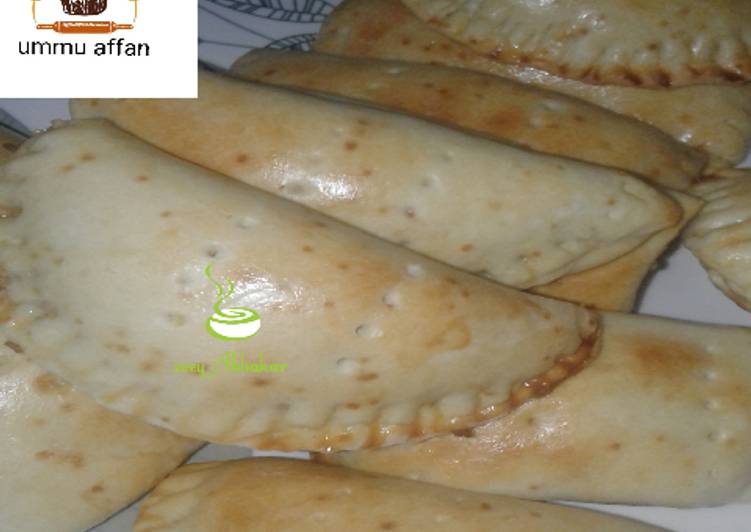
Hello everybody, I hope you are having an amazing day today. Today, I’m gonna show you how to make a distinctive dish, japanese ‘nukazuke’ (fermented vegetables). It is one of my favorites. This time, I am going to make it a little bit unique. This is gonna smell and look delicious.
Preserved foodstuffs are an important part of Japanese diet. They are often eaten at the end of a meal and are said to aid in digestion. For the past six years, I've made an annual pilgrimage to Japan and, over that time, I've developed a special Of all the different mediums for pickle-making, nukazuke, made by fermenting vegetables in a bran bed called a nukadoko, is a clear favourite. #ASMR、#relax、#nukazuke Today, I'm going to make "NUKAZUKE". "NUKAZUKE" is one of the Japanese pickles. The way to cook is pickling vegetables, such as a.
Japanese ‘Nukazuke’ (fermented vegetables) is one of the most favored of current trending foods on earth. It’s appreciated by millions every day. It is simple, it’s fast, it tastes delicious. They are fine and they look wonderful. Japanese ‘Nukazuke’ (fermented vegetables) is something that I’ve loved my whole life.
To get started with this particular recipe, we must first prepare a few ingredients. You can have japanese ‘nukazuke’ (fermented vegetables) using 5 ingredients and 8 steps. Here is how you cook that.
The ingredients needed to make Japanese ‘Nukazuke’ (fermented vegetables):
- Take 700 g Roasted rice bran (I bought this at supermarket. This is already salted, 20-25% salt)
- Take 700-900 ml water
- Get dried kelp, chili, dried roasted fish,
- Prepare dried Shiitake mushroom
- Make ready Leftover vegetables and fruit
To make your own simple, Japanese-inspired, nutritious dinner that. Nuka is Japanese for rice bran, so nukadoko is a pickling bed made from rice bran. While it's easy to find in a Japanese market, rice bran is not Smaller vegetables take less time to ferment while larger vegetables take more time. My favorite nukazuke at the moment are baby Persian cucumbers, which.
Steps to make Japanese ‘Nukazuke’ (fermented vegetables):
- This is the roasted salted rice bran I bought at the supermarket.
- Pour water several times and mix with hand until the rice bran mixture softened like Miso. Put some dried kelp, mushroom, fish and chili.
- Put some leftover vegetables and cover.
- The next day, take out the vegetables and mix with hand. Put some leftover vegetables again.
- The next day take vegetables out, and if the water comes up on surface please soak it up with sponge or cotton cloth. The rice bran mixture (Nukadoko) is ready. Keep mixing every day by hand and I keep this in refrigerator. Let’s make fermented cucumber.
- After overnight take cucumber out. Add salt and new kelp and shiitake. Mix with hand well.
- Make daily fermented vegetables. Enjoy🇯🇵
- Dried persimmon skin and dried Japanese Yuzu lemon. I put theses in Nukazuke, this is my grand mother way of making tasty Nukazuke.
While it's easy to find in a Japanese market, rice bran is not Smaller vegetables take less time to ferment while larger vegetables take more time. My favorite nukazuke at the moment are baby Persian cucumbers, which. Nuka (糠) is the Japanese word for 'rice bran,' and zuku (漬く) means 'to pickle.' Nukazuke is made by submerging vegetables in a bed of fermented rice bran (called nukadoko 糠床)and letting them sit for anywhere from half a day to a week. The longer the vegetables are left in the nukadoko the stronger the flavor they will develop. The most famous type of preserved nukazuke is takuan, which is made with.
So that’s going to wrap it up for this exceptional food japanese ‘nukazuke’ (fermented vegetables) recipe. Thank you very much for your time. I am confident that you can make this at home. There is gonna be more interesting food at home recipes coming up. Remember to save this page in your browser, and share it to your loved ones, friends and colleague. Thank you for reading. Go on get cooking!



